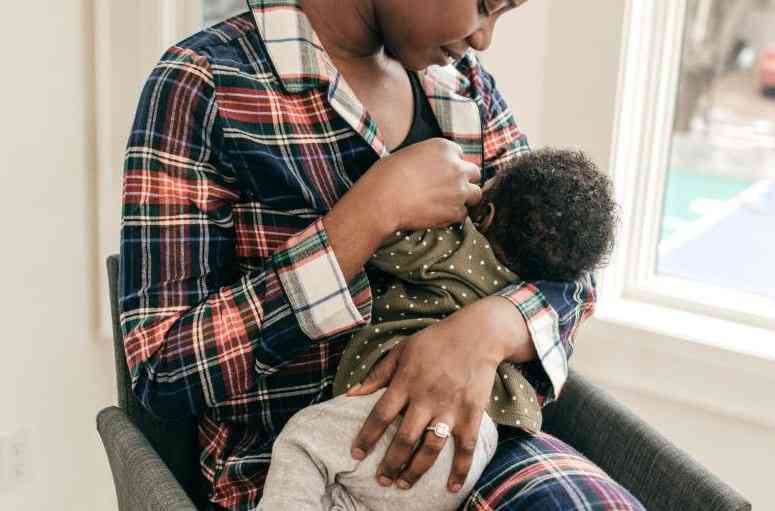
I took an aunty turning 60 in September – to Nairobi West Hospital last Saturday. She was complaining about constant pain in her finger joints, the odd numbness as well as stiffness in fingers, the latter of which she attributed to ‘chilly mornings’ in the highlands of Kisii; my paternal people hail from the top of a hillside in Bomachoge Chache called ‘Omoringamu,’ but having been born and bred in said Nairobi West, I consider myself the first urban generation of ‘Westside’ lads …
Turns out, after a diagnosis by the tall and helpful Dr Amanda Ngolobe, resident physician at NWH that my poor aunt is suffering from rheumatoid arthritis. And because arthritis has many forms, many of which disproportionately attack females; and because it is that end month Saturday when this column focuses on health, we’ll talk a bit arthritis today.
Let’s first begin by saying that arthritis is inflammation of the joints. And there are over 100 different types of arthritis, and related conditions – but because of space (this is an article, not a text book called Arthritis 101), we’ll go only into the four most common types; which are the ones I quizzed the imposing but helpful Dr Ngolobe about anyway.
Rheumatoid arthritis (RA), which is what my aunty has, is where the body’s immune system mistakenly attacks the tissue around the joints, causing inflammation and great pain, and if it goes untreated, it can cause permanent damage to tissue cartilage, which is why you hear of things like replacement surgery.
RA is 80 per cent a woman’s disease. Shockingly, it begins attacks on women of reproductive age, anywhere from 30 years old, so that folks like my poor aunt at 60 are its latest term casualties. From 30 to 60, all women are not immune, pardon the pun, from RA.
Next up is a strange form of arthritis known as fibromyalgia, or FMS. Have you had constant body aches for three/four months, non-stop? Do you find yourself sleeping for long periods, but then wake up exhausted? Does this lead you to feeling fatigue all day long? Do you then feel moody, but also forgetful (FMS leads to memory issues, in what is called a ‘fibro fog’)?
According to Dr Amanda, these could be strong indicators of FMS, but due to its difficulty in detection, what they do at the hospital to track it down is called a ‘diagnosis of exclusion.’
“Sort of like what used to happen sometimes in Primary School multiple choice examinations,” she explains, “where you eliminate the wrong answers to arrive at the right one.” Again, unfortunately, about 70 per cent of patients with FMS turn out to be women.
Osteoarthritis is the most common type of arthritis, and affects a significant part of older folks in Kenya. This is because, as per Dr Amanda, it is a ‘wear and tear disease’ where the protective cartilage tat cushions your joints wears down over time, ‘leading to the rubbing of bone on bone.’ One cannot help think of worn out tires when the resident physician uses this imagery.
At the hospital, other than pills for pain management, what you’ll be asked to do is to manage your weight (obesity is linked to osteoarthritis), and because ‘what you don’t use atrophies,’ you’ll be asked to walk around, not rest as is the misconception. Medical physio-therapy also helps.
60 per cent of OA sufferers are female! The one form of arthritis that is overwhelmingly male is GOUT, which is very common in Kenyan men. Because of our love for nyama choma and alcohol, combined with little exercise, too much uric acid crystalises in our body, and is dumped in our joints.
Often the symptoms of such gout is terrible pain in the big toe, especially at night, like you just stubbed your toe on an invisible stone doe.
“Lifestyle change is essential to prevention of gouty arthritis,” Dr Ngolobe advises, ‘although we do have medications like colchicine in our hospital clinic for chronic patients.’
Lastly, ladies, while those six inch stilettos may cause you some back pain, as well as agony for your Achilles’ heels, they have nothing to do with arthritis; so keep rocking high heel shoes.
It is soldiers and police people, those ones who keep stomping around in drills, marches and parades, that are at risk of arthritis.
What is the most embarrassing thing you have ever worn?
 The Standard Group Plc is a multi-media organization with investments in media platforms spanning newspaper print
operations, television, radio broadcasting, digital and online services. The Standard Group is recognized as a
leading multi-media house in Kenya with a key influence in matters of national and international interest.
The Standard Group Plc is a multi-media organization with investments in media platforms spanning newspaper print
operations, television, radio broadcasting, digital and online services. The Standard Group is recognized as a
leading multi-media house in Kenya with a key influence in matters of national and international interest.

